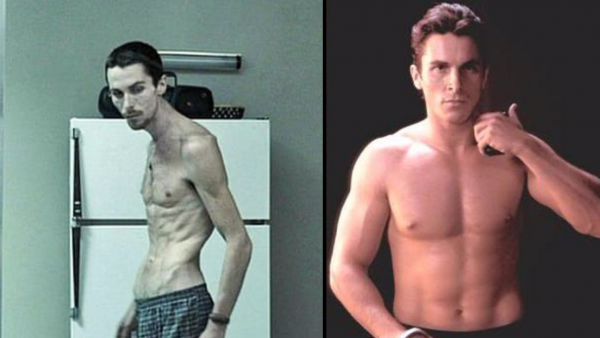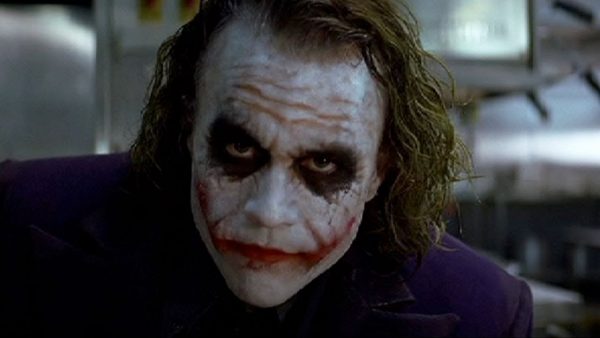With the recent release of Adam McKay’s Vice, the concept of method acting has again become a talking point in the film community. I am going to go through the different types of method acting, the highest-profile attempts at method acting and my overall opinion on whether there is a place for method acting. But first I will define it: a method of acting in which the actor seeks to identify emotionally and physically with the role to be played, sometimes known colloquially as ‘living the part’.
The main “method” of method acting is that of a physical transformation. This is usually seen when an actor is hired to play a historical figure who was either larger or smaller than the actor. The highest-profile and recent case is that of Christian Bale gaining 40lbs to play former Vice President of the United States Dick Cheney. According to the Evening Standard, Bale wasn’t aware that he could use prosthetics for the role and had already started gaining weight by, in his words, ‘eating lots of pies’.

Bale is known for going to such extreme lengths, undergoing perhaps the biggest transformation in the industry with his role in The Machinist (2008) where it is reported he lost 62lbs in preparation for the film. He reportedly wanted to lose even more weight, but the filmmakers stopped him due to health concerns. Bale is one of the more frequent proponents of method acting, having also gained or lost weight for American Psycho (2000), Batman Begins (2005), The Fighter (2010) and American Hustle (2013).
Now, my opinion on this type of method acting is that if the fluctuation of an actor’s weight is a one-time undertaking, then as long as it is moderated and treated by a nutritionist I can accept it. However, the number of times that Bale has changed weight for roles cannot be healthy, and could cause issues for him in later life—though he might say that an Oscar Nomination for Best Actor with Vice was worth the risk.
The other, less frequent approach is that of psychological method acting, whereby an actor remains in-character even when they are not on set. Heath Ledger’s portrayal of the Joker in The Dark Knight (2008) was a notable example, and it must be said that this is one of my favourite performances of all time. Ledger deserved his Oscar win for best Supporting Character. On set, he stayed in the role of The Joker and kept it up long after filming had finished. Later, diaries were found with his writings about building the character and the dark ways he got into this role. Unfortunately, Ledger passed away shortly after finishing filming, with many citing his isolated preparation for the role as a factor in his untimely death.

A more recent example of psychological method acting is that of Jared Leto, again portraying The Joker, in Suicide Squad (2016). Leto reportedly terrorised the rest of the cast by staying in-character and sending them gifts as The Joker. These gifts included a live rat, a dead hog, anal beads, and a used condom. This created an awkward situation between Leto and the rest of the cast, some of whom have said they found him very hard to work with.
Actors are paid very well to play different people when they are being filmed, and I feel like this extra mile of method acting should not be required—especially when it can affect performers in a negative way.
Overall, I feel like method acting is a technique that should be used carefully and rarely, since it can have long-lasting effects on a performer and shouldn’t be necessary to give a quality performance.




